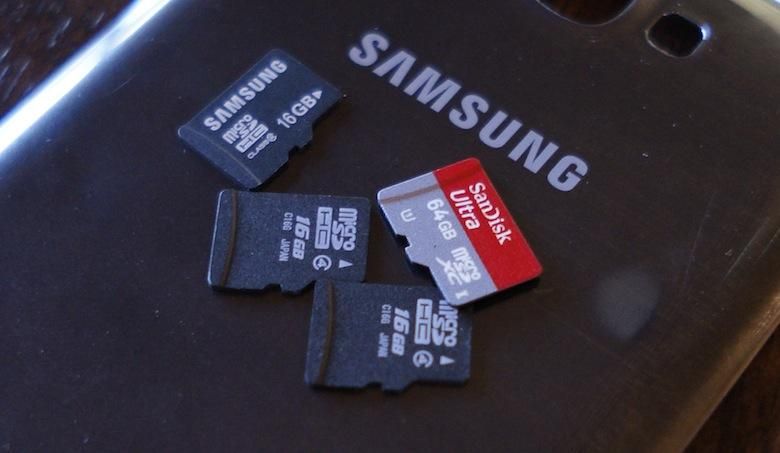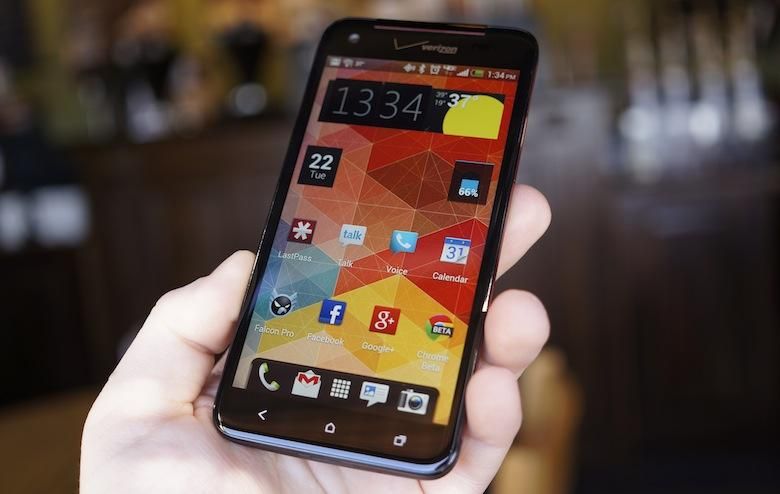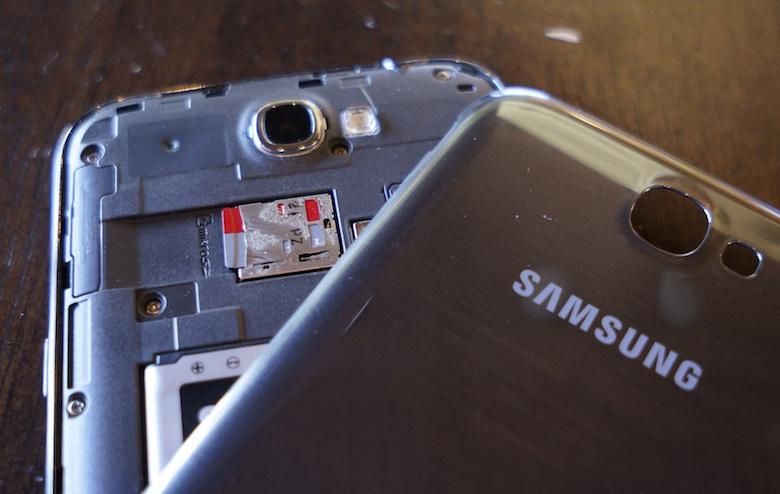Over the years, smartphones have matured from nothing more than a mobile email solution to multifaceted tools that provide us with an always-on data connection, endless sources and hours of entertainment, productivity on the go and so much more. No more are they simply a way for our bosses to get in touch with us from virtually anywhere in the world. They are integral parts of our lives that maintain a social connection and provide us with a constant flow of information and news.
Rightly so, smartphones have also become the go-to device for multimedia and portable storage – both of which can often chew through the limited, built-in storage on a mobile device.
Pictures, music and movies are among the most cumbersome to store. Pictures and music, for example, aren’t very large as individual files, but we typically store them in large volumes. Movies, depending on the compression level and resolution, can be moderately large or exceptionally large – anywhere from, say, 50MB to 2GB or more. Documents, such as PDFs, can be quite large, too.
The problem is, on-device storage is getting tighter with each generation of smartphones.
Two years ago 8GB wasn’t uncommon for built-in storage. In fact, 4GB and sometimes 2GB were commonplace, too. Now anything less than 16GB is laughable. But even 16GB isn’t always enough.
Graphics for 1080p displays make install files much larger.
Before, most phones – Android phones, at least – came with the option of expandable storage. Most of the inbuilt storage was for the system image and applications. It wasn’t intended to be the primary source of storing all the user’s files. And back then, 2GB was plenty to hold all the system files. Now, on devices with 16GB and no option to expand, 3GB and sometimes 4GB is taken up by the system alone.
This is due to a combination of higher-resolution graphics – to support 720p and 1080p displays – and more advanced software being continually added atop previous versions. Sense 4 and TouchWiz Nature UX, for example, are notably larger than stock Android, thanks to all the additional graphics and features.
Applications and games have grown, exponentially, as well. A game that may have been 100MB for a WVGA resolution might have grown to 2GB to support new resolutions, such as 1080p and beyond. (Lest we forget the latest-generation iPads feature 2,048 by 1,546 pixel resolution, and the Nexus 10 features a 2,560 by 1,600 pixel resolution. That’s one and a half times and double 1080p, respectively.) And whether you have a 1080p device or not, you still have to store all the same files, since they use the same install files.
What this means is on-board storage is worth its weight in gold to some. It’s absolutely vital for applications and games. Music and movies, for many, have become a second-class citizen on inbuilt storage, so to speak.
The HTC One does not offer expandable storage.
Unfortunately, many manufacturers have moved away from microSD card slots. Whether it’s an attempt to shave costs or for user simplicity remains to be seen. Samsung and Motorola are among the few who still offer expandable storage on their Android devices. HTC no longer does. LG does … sometimes. And smaller manufacturers do … most of the time.
Considering expandable storage used to be one of Android’s key selling points, the difficult part for many is wrapping their head around why a company wouldn’t offer a microSD card slot on an Android device. One core principle of Android is user choice. And, sure, you can choose to buy a phone with or without a microSD card slot. But why should Google, LG, HTC or any other company choose not to include it?
Unfortunately, that’s a question that may never be answered.
But here’s my question to you: is no expandable storage a deal-breaker?
Judging by the comments on the ongoing Galaxy S 4 and HTC One comparisons, the lack of a microSD card slot is certainly a deal-breaker for many. And that’s understandable, especially in devices like the Nexus 4 or HTC DROID DNA, which only offers up to 16GB of built-in storage.
Last year, 16GB was somewhat of a standard. A low, bare minimum standard that many – or maybe a vocal minority, including yours truly – found to be too little storage. With 16GB, I could install all my normal applications (around 30), about two or three graphic-intensive games and a movie or two I purchased from Google Play. Within a couple days, I would already be getting low storage notifications and have to start picking and choosing between my games, apps and movies.
Even with expandable storage, I ran into issues with the Galaxy Note II.
I was never satisfied. So I upgraded to the Galaxy Note II, which had 16GB of built-in storage and a microSD card slot. Since applications, games and movies from Play are only stored on the SD card, I ran into the exact same problem just days later.
Ultimately, the microSD card slot is only great for your own content: music, movies, pictures and documents. Most of these are things I either don’t use or store in the cloud. I stream all my music through Google Music or Spotify. All my digital movies are from Google Play. Documents are kept in Dropbox and Drive. And pictures are automatically backed up to both Dropbox and Google+/Picasa.
A microSD card, literally, does me no good.
While Android still supports microSD cards, the utility and integration of expandable storage has been all but killed. It’s only useful for the stuff you already own.
Fortunately, HTC and most other manufacturers are beginning to move away from 16GB of built-in storage. Hopefully, 32GB will become the new standard. And in another few months, we can hope that Samsung’s 128GB eMMC NAND chips are utilized in the next round of flagship devices. (Who’s taking bets that we’ll see a 128GB iPhone this year?)
So, no. For me, the lack of a microSD card slot is not a deal-breaker for me. With or without one, if the device has 16GB of built-in storage or less, I’m going to have problems. As long as 32GB catches on as the new standard, I will be perfectly content, at least far as storage concerns go.




